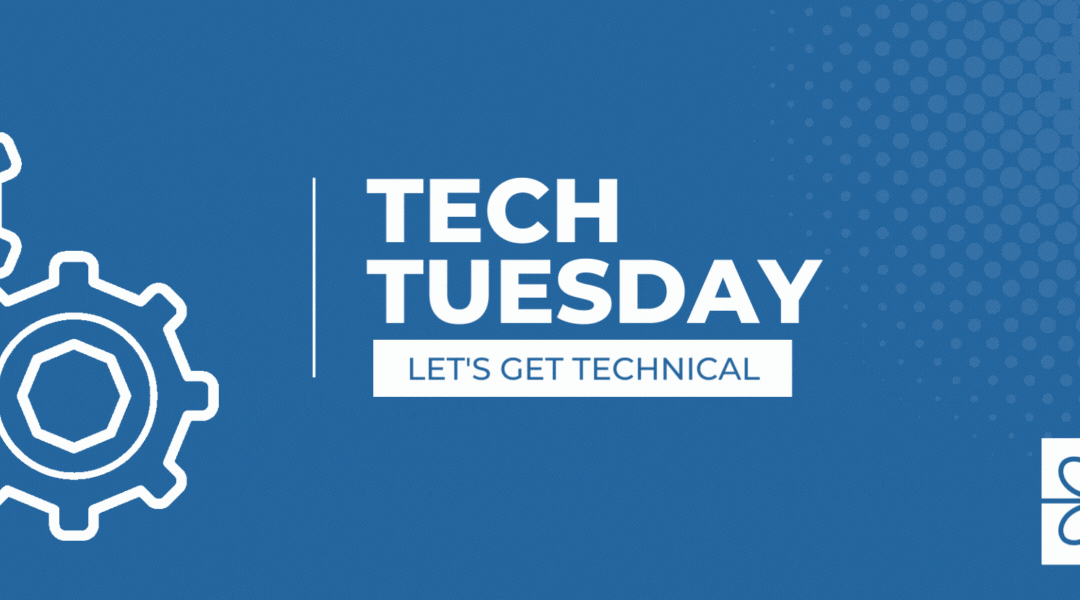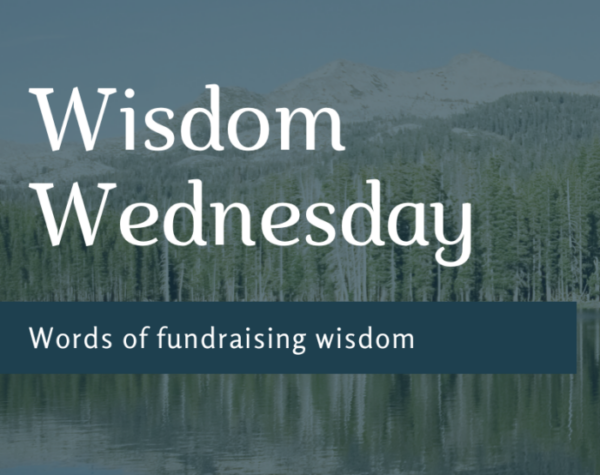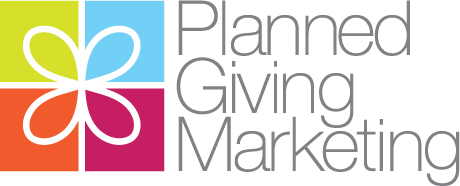What’s the Secret to Effective Planned Giving Marketing?
In talking with fundraisers and other nonprofit professionals, we’ve seen a consistent and clear pattern:
- Organizations that continued their marketing without interruption saw continued donor engagement.
- Organizations that pulled back missed out on opportunities to connect, and are now left wondering what to do next.
Many organizations paused their donor communication. Why? When we look at who paused and why, we see that Covid revealed what we’ve been telling our clients for years: subject matter education is not the right message for planned giving marketing. In fact, that message isn’t marketing at all.
Marketing is meant to draw people in. And this was (is) particularly important during the Covid 19 crisis when people were (are) feeling disconnected.
Many organizations pulled back because the messages were heavy on subject matter, but they weren’t marketing messages that inspired people about their mission. The messages were educational, informing donors about tax benefits and different types of gifts. In the context of Covid 19, this type of message fell flat. Not only because it’s uninspiring … but also because it can be viewed as insensitive.
But there’s another problem— a problem that’s present whether we’re in the middle of a pandemic or not.
Not only is an educational message not a true “marketing” message, in that it doesn’t make an emotional connection to the donor, and not only is it boring instead of engaging, but a message that educates donors on specific tax benefits or gift types has a third problem. It misses a huge portion of your audience. That’s because tax law and gift types are only relevant to some of your donors some of the time.
When your marketing message focuses on your mission, it’s relevant to all your donors all of the time. The message reminds them of their emotional connection to your mission—and lets them know they could have an impact on the mission in ways they never even imagined.
A planned giving marketing message must do three things:
- Remind donors why they love your organization
- Highlight people “just like them” who have made a lasting impact on the organization
- Connect to donors when life’s big moments happen: marriage, children, divorce, retirement, etc.
Coronavirus presented an opportunity to do all three: remind donors of the good your organization does, inspire them with people who have made an impact, and connect during one of life’s big moments.
Because of Covid 19, people considered their mortality. They spoke about their plans. They wrote or redrafted their wills. This was an ideal time to invite them into a conversation with you.
Marketing strategies that focused on educating donors about gifts types were completely irrelevant during the Covid crisis. Unfortunately, that left organizations grappling with what to do next.
Looking Ahead
So now we look to the future. What can we learn about planned giving marketing from Covid 19??
One thing I hope organizations and fundraisers learn from Covid 19 is this: subject matter information about gift types and tax benefits is NOT a marketing message.
Have you heard the saying, “People don’t care how much you know until they know how much you care”?
That quote is basically saying you need to make an emotional connection with someone before they’ll listen to you. There’s some strong planned giving marketing wisdom hiding in there!
A true, effective marketing message about planned gifts creates an emotional connection. It does not educate about specific gift types.
I hope Covid 19 helps fundraisers shift their thinking. Instead of viewing marketing as a chance to educate your donors, think of marketing as a way to make an emotional connection.
The emotional connection inspires your donors to contact you (so you get real-world engagement).
When your donor opens your email, sees your postcard, or reads your newsletter, you have less than 8 seconds to grab their attention. Do you think information about gift types is the best way to grab attention and make an emotional connection?
Of course not.
Your marketing message should cause donors to feel emotions, such as hope, nostalgia, philanthropy, and possibility. Effective marketing messages help donors realize they have the ability to make an impact, which is always good news—no matter what else is happening in the world. In fact, in times like Covid 19, these are especially impactful messages, because they reminds us we are part of a larger, timeless story that started before us and will continue long past us.
At PGM, we see the “donor journey” from a different perspective than a fundraiser. From our view, the marketing view, the journey goes like this: Marketing inspires the donor to engage with the fundraiser. There are three steps there:
Step One: Inspiration
Step Two: Engagement
Step Three: Fundraising
In this paradigm, a conversation about gift types is the third step in the journey. First you inspire with a marketing message. Once inspired, a donor engages. Once engaged, you (the educated fundraiser!) can tell the donor what you know about the benefits of each type of gift.
The old way of marketing planned gifts—sending donors messages that focus on particular gift types—doesn’t work anymore. The truth is, it’s never worked well, because it talked about gifts too soon. And now we see evidence of this faulty marketing strategy as fundraisers and organizations are left struggling during the Covid 19 crisis.
This is not your fault, but, unfortunately, it has become your problem. And we want to help you fix it.
One way you can do this immediately is through a new digital re-engagement solution we’ve created to help fundraisers like you.
It’s call the Keep Calm and Stay Connected package.
But you’ll also need a long-term planned giving marketing solution beyond this immediate fix. And we’d like to help you create one. Is there any reason you wouldn’t schedule a call to learn more?
Re-Engage Your Donors
Jump start your marketing by connecting with your donors immediately through email. Solutions start as low as $495

70 ½ vs. 73?
70 ½ vs. 73? We’ve been hearing some confusion from a lot of clients around the age split of 70 ½ vs. 73 for gifting from an IRA. Which is the correct age? What are the rules around each age? When it comes to marketing this great gifting strategy, the problem is both...

Wisdom Wednesday – Are you 85?
Are you 85? I didn't think so ...We've talked about the mindset of our most senior donors in the past. And we'll most likely talk about it forever. Why? None of us know what it's like to be 85 - unless we're 85.We've all been 16 before. Most of us have even recovered...

Generational Marketing – Traditionalists
Generational Marketing - TraditionalistsTraditionalists include those aged 77+ and will be a key group when it comes to your planned giving outreach.Learning how to communicate with this portion of the population is important for your success. Discovering the nuances...
Tech Tuesday – IRS Discount Rate
IRS Discount Rate With the signing of the Consolidated Appropriations Act of 2023 and the provision referred to as Secure 2.0, there is newfound interest around Charitable Gift Annuities* (CGAs). Because of this we’re all becoming reacquainted with the IRS...
